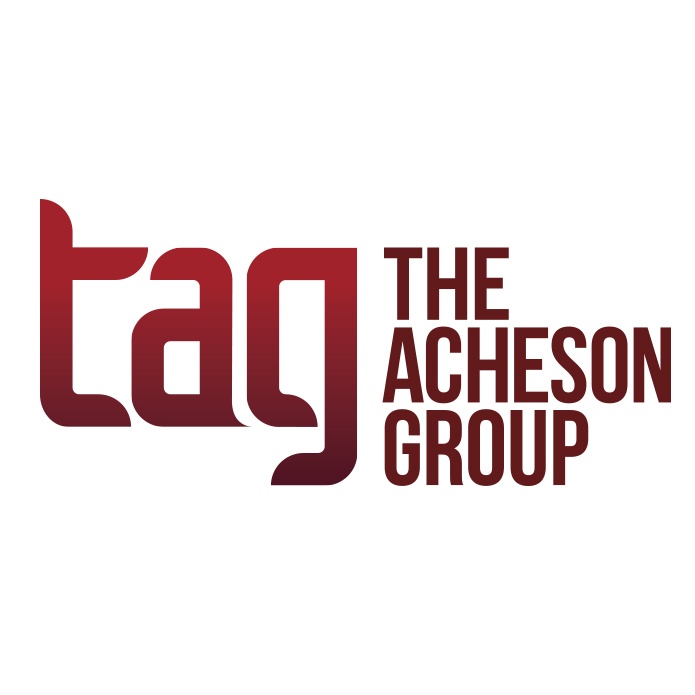With nearly 1/3 of the U.S. food supply lost or wasted at the retail and consumer levels, and studies linking at least some of the waste to date-label confusion, the U.S. Government Accountability Office (GAO) undertook a study to examine the issue and what FDA and USDA had done and could do to address consumer confusion about date labels on packaged foods. In September, GAO published its report titled, appropriately enough: DATE LABELS ON PACKAGED FOODS: USDA and FDA Could Take Additional Steps to Reduce Consumer Confusion. Interestingly however, the recommended steps amounted to nothing more than that the two agencies should work together, “to develop a mechanism to facilitate coordination with relevant nonfederal stakeholders, including state, local, and tribal governments, on actions related to date labels as part of their efforts to reduce food loss and waste.” Interesting, also, because the recommendations could have gone significantly further, as, even in explaining the purpose of the study, GAO stated, “Such labels are not federally regulated, and food manufacturers use different phrases on date labels. USDA and FDA have roles in ensuring the U.S. food supply is safe and properly labeled, but neither agency has been directed—or given express authority—to regulate date labels.” And yet, the report held no recommendation for either (or any other) federal agency to be given such authority. Additionally, the GAO recommendations are so much less than are a variety of current industry recommendations and standards. In fact, as far back as 2016, a bill was proposed in the Senate that would “establish requirements regarding quality dates and safety dates in food labeling, and for other purposes.” Although the extent of that bill’s hearing was that it was “read twice and referred to the Committee on Health, Education, Labor, and Pensions” where it has, apparently, languished, industry has since taken things into its own hands to introduce standards. Albeit voluntary, standards for use of the “BEST if Used By” for quality and “USE By” for safety launched by the Grocery Manufacturers Association (GMA) and Food Marketing Institute (FMI) in 2017 have had an impact. According to a GMA report: as of December 2018, 87% of all CPG products carried the new label language. The association projected that 98% of products will carry the new labels by the end of 2019, with total adoption by January 2020. Whether or not industry will meet that projection, simplified labeling is moving forward, particularly the quality “Best if used by” phrase. In fact, even before the GMA/FMI standard, USDA published guidance in 2016 recommending the use of the “Best if Used By” label because research showed it as being easily understood by consumers as an indicator of quality, rather than safety. In May 2019, FDA referenced the USDA publication and the GMA/FMI standards, adding its own “strong” support for use of the phrase in reference to quality. Neither USDA nor FDA, however, have come out in support of “Use by” for safety. Neither rejected its use, rather, as FDA stated in its May 23 letter, “FDA is not addressing the use of a ‘Use by’ product date label for safety reasons at this time.” To jump back to another interesting aspect of GAO’s underwhelming recommendation for FDA and USDA to work together – the report acknowledges a number of areas where they already are: · To develop information for food banks, food donors, and recipients of donated food on how to interpret date labels so food past the date on the label—but otherwise wholesome—is not wasted. · Having signed a formal agreement with EPA to educate consumers about food loss and waste. · Work with some nonfederal stakeholders—such as nonprofit organizations and an international organization—on date labeling. But the agencies do not have “a specific mechanism to coordinate with state, local, and tribal officials on creating a common approach to date labels.” Thus, the GAO made its recommendation for further coordination because, it says, state, local, and tribal governments can set their own date label regulations and most states do have date label requirements for certain foods and have varying approaches. Whether or not coordination with these governments is enough to bring resolution, or even some federally driven dialogue, to this ongoing issue or any further standardization – or mandates – for date labeling will be seen. Meanwhile the food industry should ensure its labels are as clear as possible, use science rather than an abundance of caution in its food dating, and participate in consumer education on the meanings of quality and safety date labels and how attention to safe handling can help to reduce food waste in the home. I am well aware of the worries of putting a “safe if consumed by” type of label on any food because of the fear of litigation. But in a time where corporate social responsibility is focused on so many ways of waste reduction this is an area where, as industry, we could and should do more. About The Acheson Group (TAG) Led by Former FDA Associate Commissioner for Foods Dr. David Acheson, TAG is a food safety consulting group that provides guidance and expertise worldwide for companies throughout the food supply chain. With in-depth industry knowledge combined with real-world experience, TAG’s team of food safety experts help companies more effectively mitigate risk, improve operational efficiencies, and ensure regulatory and standards compliance. www.AchesonGroup.com






